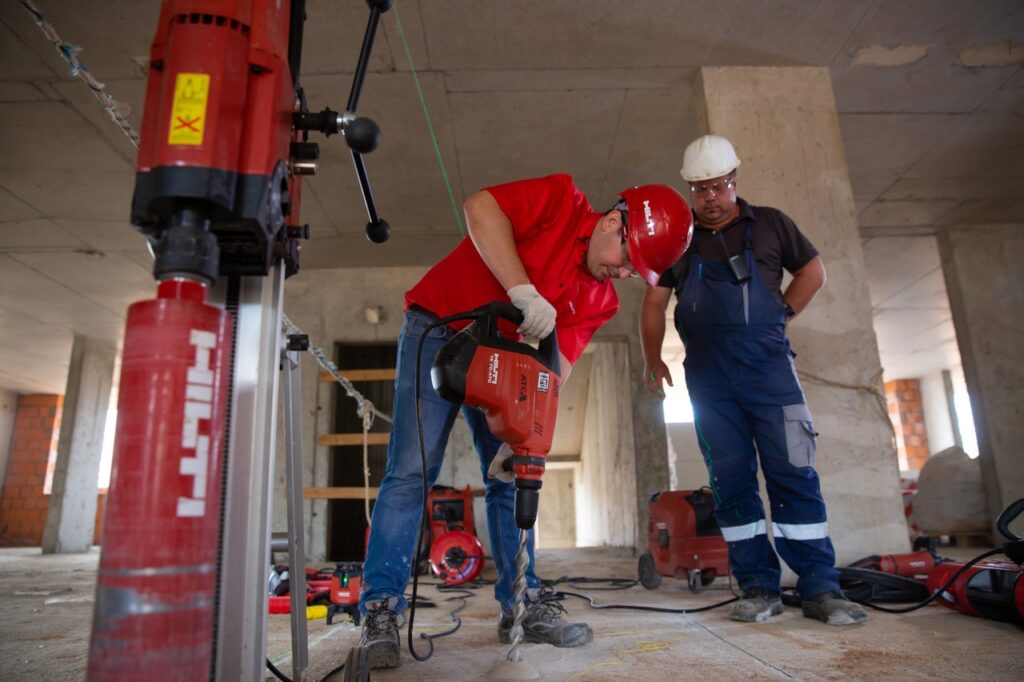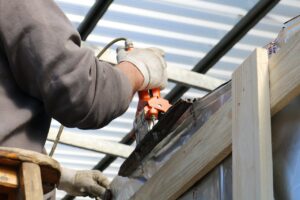What is Scaffold Law?
Some safe-to-work sections of the Labor Law, specifically Sections 240, 241 and 241 -a, impose a “strict” liability standard) as opposed to a “negligence” standard) upon owners and general contractors for workers injured at their job sites. The only exemption applies to “owners of one-and two-family dwelling who contract for, but do not direct or control, the work.” These unique New York statutes evolved over many years through a patchwork of legislative amendments and judicial interpretations.
What does “strict” liability mean?
It means that liability will be imposed if the cause of the injury can be attributable, in whole or in part, to an unsafe condition at the workplace. The owner and contractor can be held liable, despite the fact that they were completely free of negligence and did not direct or control the work. Moreover, this liability is not reduced due to the injured worker’s own negligence, unless that negligence is 100% of the cause of injury.
Doesn’t the injured worker receive workers’ compensation benefits?
An injured worker receives no-fault statutory works ’compensation benefits in exchange for the right to sue the employer. Unlike most employees in the state, construction workers can collect these benefits and sue owners and general contractors for the negligence of their employer, as well as the negligence of anyone else at the job site. It is irrelevant that the injured worker was under the influence of alcohol or drugs, disregarded instructions or refused to use safety equipment provided.
Under what conditions is an injured worker eligible for these additional remedies?
There must be a violation of one of the following safety statutes as they apply to gravity-related risk involving “the erection, demolition, repairing, altering, painting, cleaning or pointing of a building or structure.” The courts have defined gravity-related risk as the risk of accident due to falling from an elevated work surface or being struck by falling object that was improperly hoisted or inadequately secured from an elevated work surface.
Section 240. This statute, commonly referred to as the ‘scaffold’ law, prohibits the use of unsafe scaffolding, hoist, ropes and ladders.
Section 241. This statute sets forth specific requirements for safe flooring in buildings under construction.
Section 241-a. This statute requires the safety of elevator shafts, hatchways and stairwells in buildings under construction or demolition.
How do owners and general contractors protect themselves from these suits?
They, of course, will maintain insurance protection for their own benefit. In addition, employers at the job site will be required to provide the owner and general contractors with contractual indemnification and coverage as an additional insured on the employers’ insurance policies. Naturally, these polices would be intended to provide primary coverage. Unfortunately, the coverage expected of employers often is unavailable or too costly to maintain, which leaves the owners and general contractor holding
the pecuniary bag.
Do we really need these safe-place-to-work sections of the Labor Law?
Some of the arguments for reforming this law to a negligence standard (versus ‘strict’ liability standard) are:
- These outdated statutes do not consider the improvements made over the years in safety at job sites. For example, the Occupational Safety and Health Administration maintains and enforces safety and health regulations for the construction industry.
- Construction work injury rates (per 100,000 employees) have generally declined over the years because of imposed safety standards. When Illinois repealed a similar law in 1995, its fall-type construction injury rate declined faster than in New York.
- Holding employees responsible for their contribution to an accident can only improve their own safety. Since everyone connected to the job site is a potential litigant, much of the purported benefit to an injured employee goes to attorneys who are hired to shift the burden.
- Substantial annual increases in construction costs are attributed to these statutes in projects undertaken by both the private sector ($1.5 billion estimated) and the public sector ($800 million estimated).
- The health of New York’s economy is adversely affected by these statutes without a reasonable return in benefit to its citizens.
Incredible as it may seem, this is the law in New York. Concurrent negligence is not a defense. This means that an owner or contractor cannot try to pass the blame on to anyone else. The responsibility for ensuring that scaffolding is safe falls with the owner or contractor and cannot be assigned to someone else.
Opponents of the Scaffold Law argue that such large payouts, plus the increase in construction companies’ insurance premiums, hurts the construction industry and consequently, the economy of New York State and its residents.





